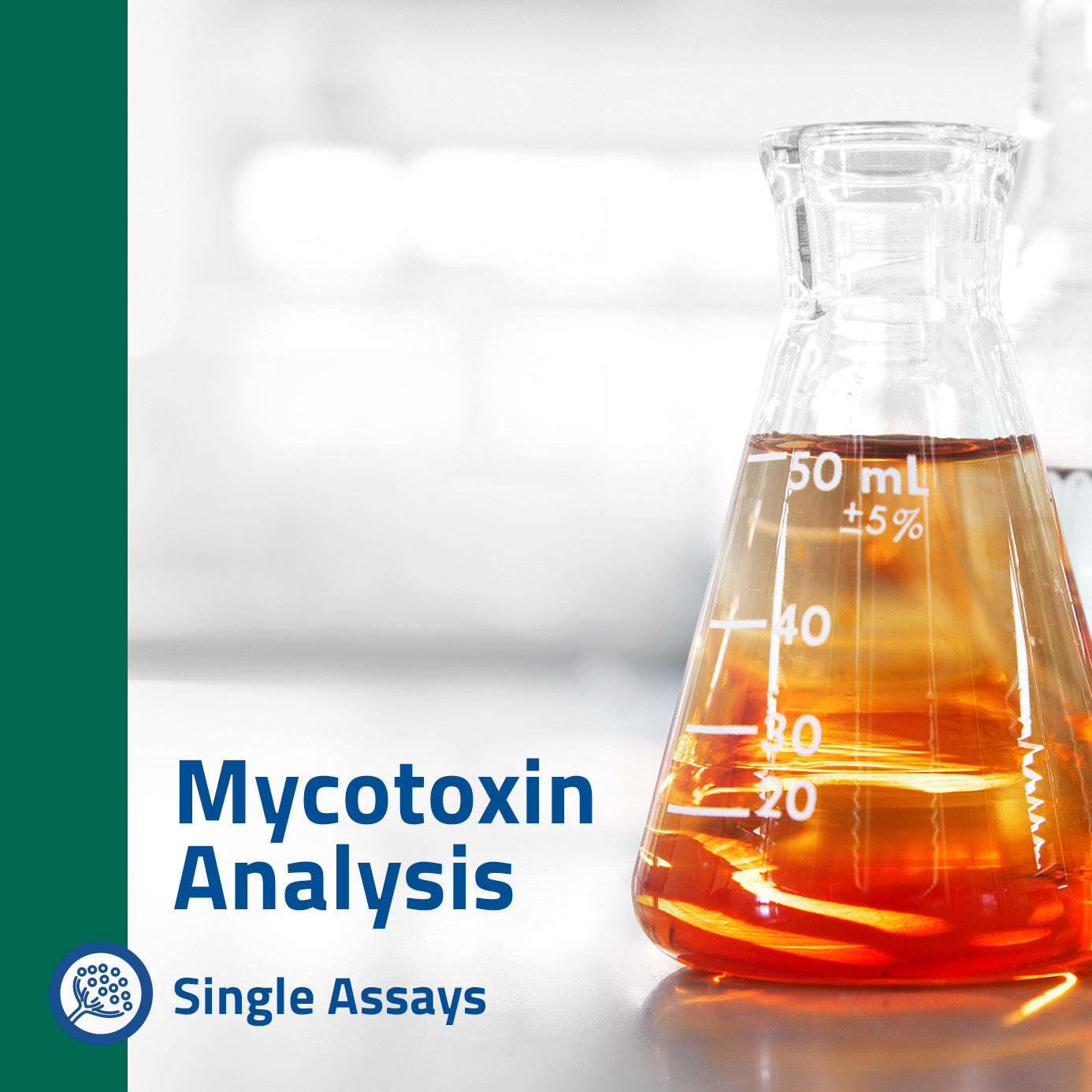Discover the Advantages of Specialist Mycotoxin testing Services Today
Discover the Advantages of Specialist Mycotoxin testing Services Today
Blog Article
How Mycotoxin Screening Assists Protect Against Contamination and Protect Food Products

Mycotoxin screening is an essential practice in the food sector, serving as a frontline protection against contamination by harmful toxic substances produced by mold and mildews. With the application of innovative methods like High-Performance Fluid Chromatography (HPLC) and Fluid Chromatography-Mass Spectrometry (LC-MS), food producers can precisely measure and identify mycotoxin degrees in agricultural products.
Recognizing Mycotoxins
Understanding mycotoxins begins with acknowledging that they are toxic additional metabolites created by particular molds, which can pollute farming items. These metabolites are not vital for the growth or recreation of the fungis yet can have extreme effects for human and animal health and wellness. Mycotoxins are generally found in staple plants such as corn, wheat, barley, and nuts, where they can multiply under particular problems of moisture and temperature.
There are several sorts of mycotoxins, each produced by different fungal varieties. Aflatoxins, generated by Aspergillus types, are amongst one of the most infamous, known for their cancer causing properties. One more considerable group consists of ochratoxins, produced by Aspergillus and Penicillium varieties, which have nephrotoxic impacts. Fusarium species generate trichothecenes and fumonisins, both of which are related to different acute and persistent wellness concerns.

Risks of Mycotoxin Contamination
The threats of mycotoxin contamination are complex, posturing considerable hazards to both food security and public health. Mycotoxins, harmful substances produced by certain types of fungis, can infect a broad variety of farming items consisting of grains, nuts, seasonings, dried out fruits, and coffee.
Financial impacts are an additional significant issue. Contaminated plants can lead to substantial monetary losses for farmers and food manufacturers due to reduced returns and the demand for pricey purification measures. In addition, international profession can be considerably hindered as nations apply rigorous mycotoxin policies to shield their populaces, causing declined shipments and strained profession relationships.
Ecological aspects such as environment modification worsen the threat of mycotoxin contamination. Variants in temperature and humidity can create desirable problems for fungal development, raising the probability of contamination events. Thus, understanding and minimizing these risks are vital for making certain the security and honesty of global food materials.
Approaches of Mycotoxin Examining
Properly recognizing mycotoxin contamination in farming items is crucial for safeguarding public wellness and maintaining food safety criteria. Different techniques are used to identify and evaluate mycotoxins, each offering certain advantages and constraints.
High-Performance Liquid Chromatography (HPLC) is a widely made use of approach because of its high sensitivity and precision. It involves dividing mycotoxins from various other substances in an example, making it possible for precise metrology. In A Similar Way, Liquid Chromatography-Mass Spectrometry (LC-MS) integrates liquid chromatography with mass spectrometry to give detailed molecular details, making it particularly useful for recognizing several mycotoxins concurrently - Mycotoxin testing Services.

Gas Chromatography-Mass Spectrometry (GC-MS) and Thin-Layer Chromatography (TENDER LOVING CARE) are likewise used, each with special applications. GC-MS is efficient for volatile mycotoxins, while TLC uses a less complex, economical choice for preliminary screening.
Advantages of Normal Examining
Normal screening for mycotoxins in agricultural items provides countless benefits, significantly adding to public wellness and food safety. By recognizing contamination early, normal screening helps avoid the circulation of hazardous foods, thus reducing the danger of mycotoxin-related diseases amongst customers. This positive technique not only safeguards human wellness however also boosts the total quality of food materials.
Constant testing additionally sustains governing compliance. Different nations and regions have actually developed rigid restrictions for mycotoxin degrees in food and feed. Abiding by these limitations through normal screening guarantees that vendors and producers meet legal standards, therefore staying clear of penalties and profession obstacles. In addition, keeping compliance fosters consumer count on and brand name online reputation, which are vital for market success.
Furthermore, routine mycotoxin screening can bring about substantial economic benefits. Early detection of contamination enables timely intervention, decreasing potential losses from prevalent contamination. Implementing normal screening methods can likewise lessen recall costs and associated responsibilities, which can be financially ruining.
Furthermore, regular testing gives valuable information that can inform far better farming methods and storage conditions. By recognizing patterns of contamination, manufacturers can adopt safety nets, therefore adding and lowering future threats to the sustainability of the food supply chain.
Applying Testing Methods
Applying effective mycotoxin testing protocols is important for making sure the safety and security and high quality of agricultural products. Developing a robust testing structure includes several crucial steps, starting with the recognition of potential contamination factors more helpful hints within the production and supply chain. This consists of pre-harvest, post-harvest, storage, and circulation stages. Each stage needs to be looked at to pinpoint where mycotoxin contamination is more than likely to take place.
When crucial control points are determined, picking suitable screening techniques is necessary. Usual strategies consist of enzyme-linked immunosorbent assay (ELISA), high-performance liquid chromatography (HPLC), and mass spectrometry (MS) Each method has its staminas and weaknesses; therefore, selecting the proper one depends on the certain mycotoxin being evaluated, the needed level of sensitivity, and readily available sources.

Lastly, integrating the testing methods right into a detailed food safety administration system is a good idea. This improves traceability and allows quick restorative activities when contamination is detected, thus securing the integrity of the food supply chain.
Conclusion
Mycotoxin testing is essential in stopping contamination and guarding food supplies by allowing early detection of hazardous toxins produced by molds in agricultural items. Advanced techniques such as HPLC and LC-MS guarantee compliance with safety and security policies and shield customers from health and wellness risks. Routine screening boosts brand credibility, financial stability, and rely on food security by decreasing contamination-related losses and maintaining high criteria in food production. Implementing extensive screening procedures is therefore vital for the industry's total well-being.
Mycotoxin testing is an indispensable practice in the food industry, serving as a frontline defense versus contamination by dangerous toxins generated by molds. An incorporated strategy involving agricultural methods, storage read administration, and routine screening can reduce the risks connected with mycotoxin contamination, making sure food safety and public health and wellness.
The dangers of mycotoxin contamination are complex, positioning substantial risks to both food security and public health.Normal screening for mycotoxins in farming items uses countless benefits, significantly adding to public health and food security.Mycotoxin testing is necessary in stopping contamination and guarding food products by making it possible for early discovery of dangerous toxic substances produced by mold and mildews in farming products.
Report this page